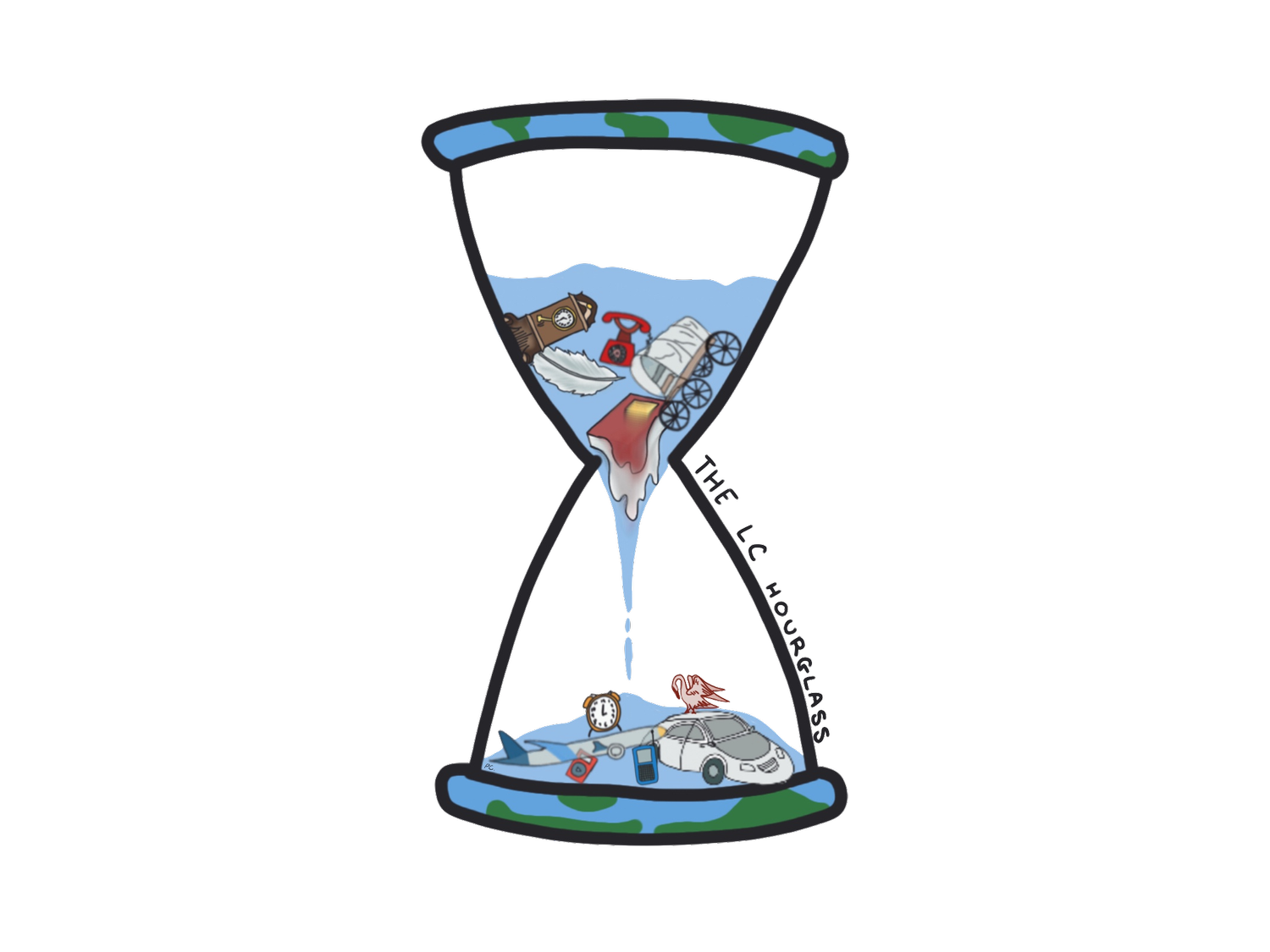Exploring Food Blogging and Mukbangs
By Will Piyapong, 2027
In the modern age of the internet, where social media and various platforms are on the rise, food blogging, trends, and Mukbangs have emerged as predominant sectors of the media, the profound influences running deep in our society. From delicious recipes to documenting day-to-day meals, these trends have revolutionized the culinary landscape, bringing flavors from around the globe to our screens. However, this shouldn’t disregard the adverse effects it has on viewers.
First, before delving into this intriguing topic we must understand the terms. Food blogging refers to a practice where individuals share their dining experiences online, a type of post prevalent on social media in recent years. Meanwhile, Mukbangs, originating in South Korea around 2010, have skyrocketed to fame. It involves a live-streamed video where viewers watch the host eat. Typically featuring a copious amount of dishes like ramen, fried chicken, and cheese, Mukbangs have garnered attention not only for their culinary offerings but also for their ASMR (Autonomous Sensory Meridian Response) appeal, while providing viewers with a virtual dining companion.
Despite the popularity of Mukbangs, a few recent trends have raised concerns about the potential dangers of these videos and the trends within them. This includes consuming starch toothpicks fried in hot oil until they puff up and then adding seasonings like cheese or spicy powder before consuming them. This alarming trend, which gained traction on social media, can lead to serious health risks as the Ministry of Food and Drug Safety does not verify them as edible. This prompted warnings from Korean government officials on the 24th of January, urging people to not replicate the trend due to its potential hazards.
Additionally, the consumption of live animals during mukbangs has sparked controversy and ethical concerns. This can be seen in the case of popular mukbang YouTuber Ssoyoung who consumed live squid and octopus in a video. This led to an outcry from animal rights activists and health experts calling out her propensity for zooming in on the writhing animals and "highlighting the brutality of the act of decapitating a living squid." and eating it right after. The posting of such graphic content, though specifically said by YouTube does not cross community guidelines, it may cause the viewers to feel uncomfortable while watching the “meal preparation” unfold.
These trends can have detrimental effects, particularly with mukbangers eating an excessive amount, not only on the viewers but also on the hosts themselves. In 2019, American YouTuber Nicholas Perry, otherwise known as Nikocado Avocado, reported that binge eating for mukbang videos had negatively affected his health, and in 2021, Italian mukbanger Omar Palermo died of a heart attack. Moreover, the recent trends of influencers documenting their diet to maintain what is accepted as a “fit” or “slim” body shape, can also spark misinformation and often end up worsening the follower’s conditions. This is due to how these influencer meals often do not contain the sufficient nutrients. Thus, experts suggests that viewers should contact a trained professional before following through with the various diets presented online.
However, it's important to acknowledge that not all food trends are detrimental. Food blogging, more specifically cooking videos also has positive aspects, such as promoting culinary innovation, providing educational content on nutrition, and recommending food spots across cities. For college students and individuals seeking recipes on a budget, these platforms offer cheap, tasty, and easy ideas that require minimum effort and spending.
In conclusion, food blogging, food trends, and Mukbangs are an intersection of food, culture, and technology. To address the negative impact of these trends, various solutions can be implemented. Governments can enact laws to regulate food consumption online, as demonstrated by Xi Jinping’s “Clean Plate” campaign to reduce food waste. Additionally, raising awareness about eating disorders and promoting data accurate healthy eating habits can help mitigate the harmful effects of food trends on individuals. While some trends may pose health risks, others offer valuable opportunities for culinary creativity and exploration. By acknowledging the potential dangers and implementing proactive solutions, we can ensure that these digital culinary experiences continue to enrich our lives without compromising our health and values.
Works Cited
“What is mukbang? And why is it so popular?” 2023. Qustodio. https://www.qustodio.com/en/blog/what-is-mukbang/.
Singh, Simrin. 2024. “South Korean health officials urge against eating fried toothpicks after social media trend goes viral.” CBS News. https://www.cbsnews.com/news/eating-fried-toothpicks-social-media-trend/.
“YouTuber Ssoyoung Responds to Backlash for Live Animal Mukbang Videos.” 2020. Business Insider. https://www.businessinsider.com/youtuber-ssoyoung-live-squid-octopus-video-h3h3-mukbang-2020-4.
“Why You Shouldn't Embrace Every Food Trend on Social Media.” n.d. Memorial Hermann. Accessed May 9, 2024. https://www.memorialhermann.org/health-wellness/lifestyle/not-embracing-social-media-food-trends
